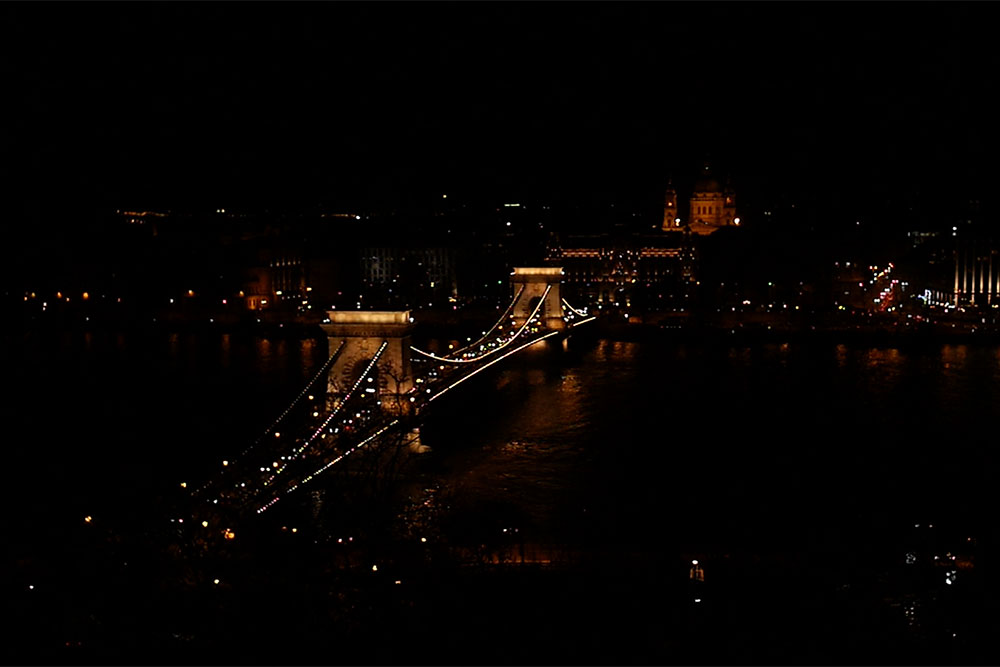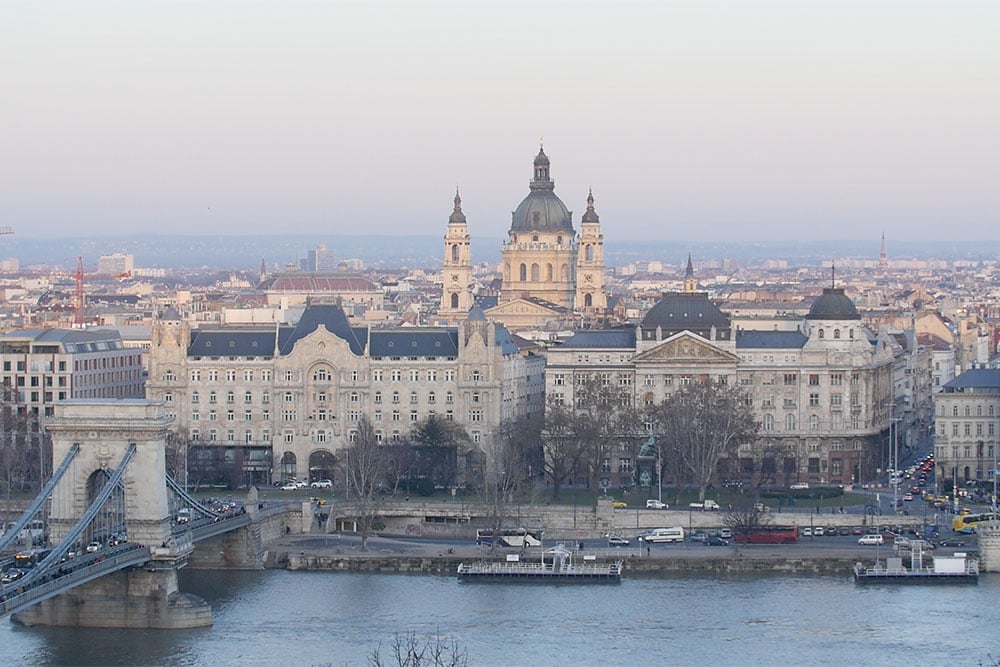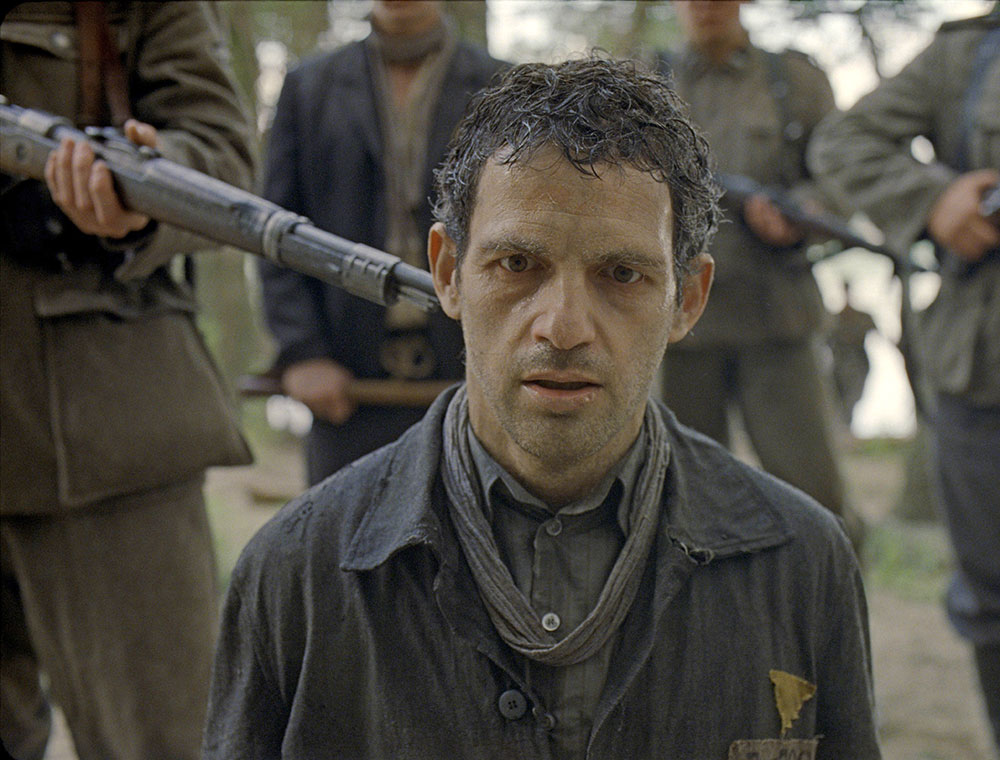Literary Budapest: discover traces of early 20th century writers in the modern city
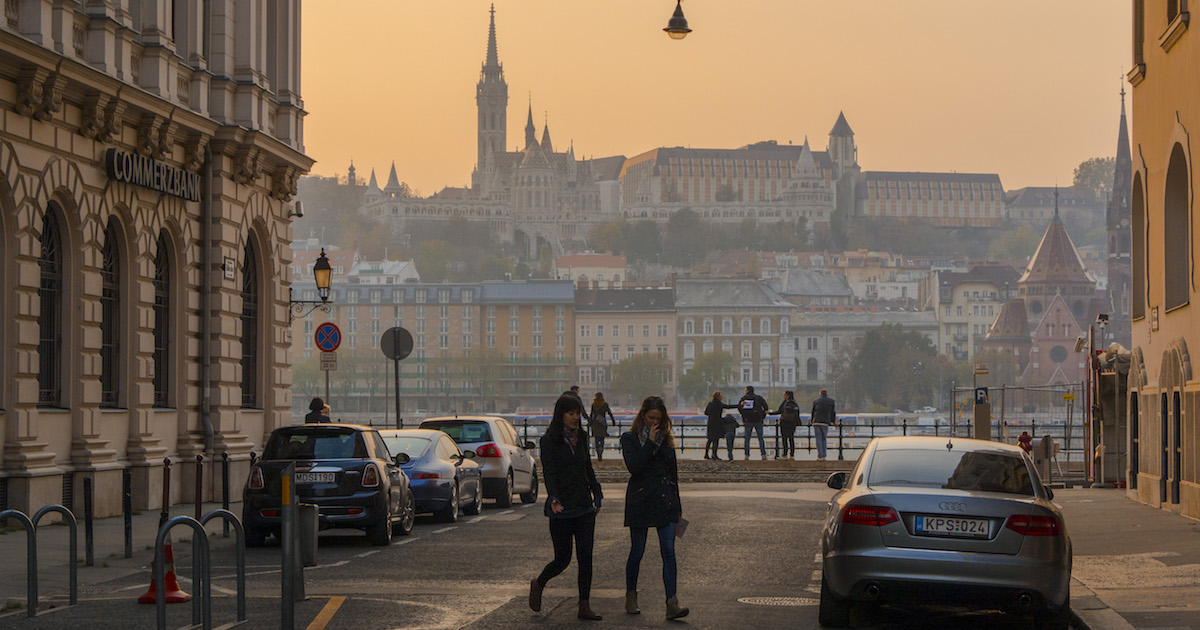
Some of the so-called Nyugat generation of novelists, poets and journalists lived and worked in the same neighbourhood of Budapest in the early 20th century. But what echoes of these famous Hungarian authors survive today? Dasha Shkurpela takes a tram to find out
Whenever I ride the trams in Budapest I think of Kornél Esti, the alter ego of Hungarian writer Dezső Kosztolányi.
The eponymous collection of novellas with Esti as the main character upend the trivial to reveal life’s vulnerability and its absurdity. In the last one, Esti “gives an appalling description of an everyday tram journey and takes his leave of the reader.” It’s both a poignant and funny meditation on existence: on missing out on beauty, and on being brought to the final stop too soon.
Kosztolányi was one of the so-called Nyugat generation of Hungarian writers and poets who came of age at the beginning of the 20th century. Some of them, including Kosztolányi, lived and worked in Buda’s Krisztinaváros neighbourhood, just beyond Castle Hill, which became both a setting and a character in their prose and poetry.
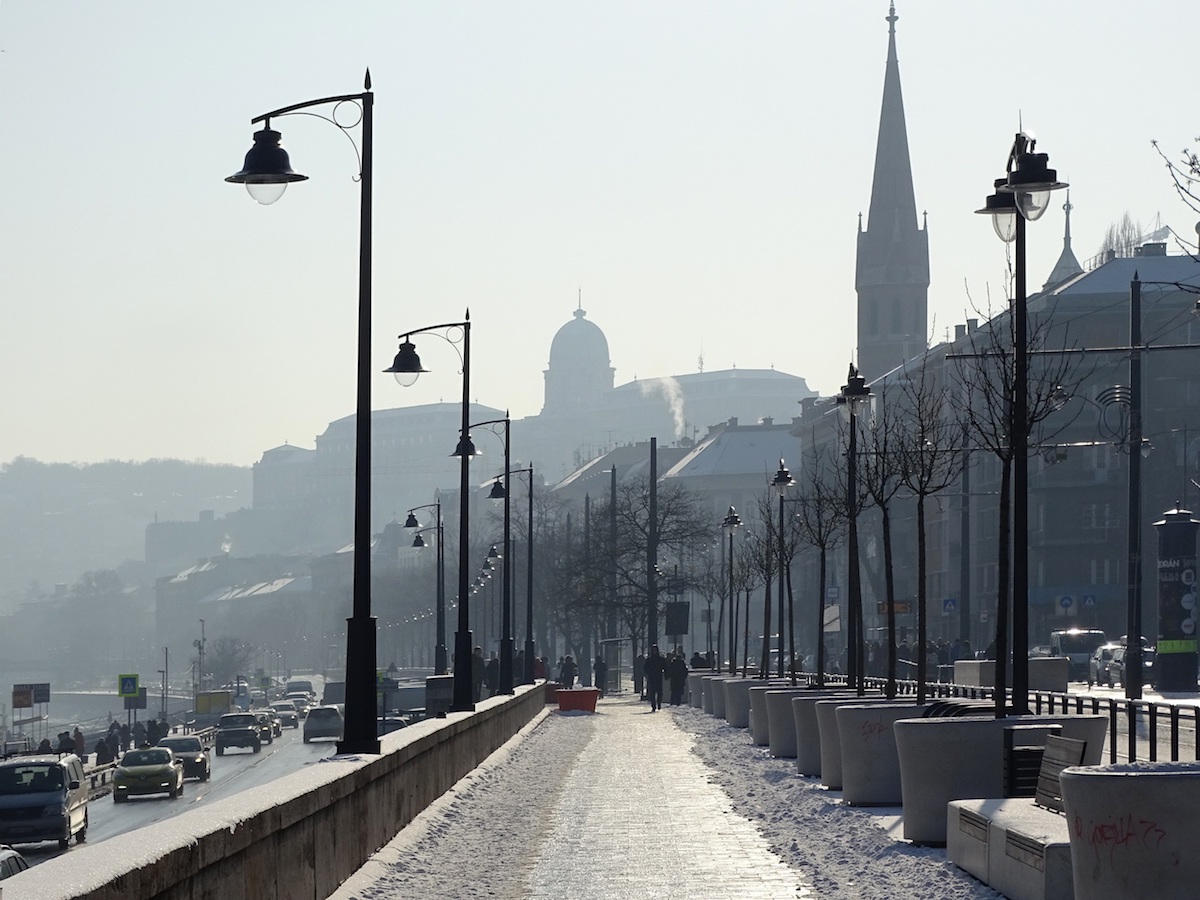
Born in 1885 in modern-day Serbia, Kosztolányi lived on Logodi Street in Krisztinaváros. The medieval village on this site was destroyed by the Turks in the 16th century, after which the area became agricultural land and building was forbidden. In 1769, the ban was lifted by Archduchess Maria Christina, daughter of the Empress Maria Theresa, and the neighbourhood was given its modern name in her honour.
You can find a statue of Kosztolányi in Újbuda, a short but meaningful tram ride through Krisztinaváros. Take the 56 or 56A tram from Széll Kálmán Square along Krizstina Boulevard towards Városház Square. Vérmező Park (literally “blood field” because in 1795 it saw the execution of Hungarian Jacobins) is on your left. You will pass the Déli Pályaudvar (the Southern Railway Station) on your right. Mikó Street is on your left, at the end of the Vérmező. And on the right — the Roman Catholic Church of Blessed Virgin Mary built in 1795. It was the site of two famous weddings, of István Széchenyi to Seilern Crescence in 1836, and of Ignaz Semmelweis to Maria Weidenhoffer in 1857. Széchenyi, a statesman known as “the Greatest Hungarian”, founded the Hungarian Academy of Sciences and funded the construction of the Chain Bridge, the first permanent bridge between Buda and Pest. Semmelweis discovered that instances of fever in children were reduced when doctors disinfected their hands. The Semmelweis Museum of Medical History is now in his former home, located not far away on Apród Street.

Soon, you leave Krisztinaváros. The tram passes Döbrentei Square, and hums along the Danube. On the right, opposite the Erzsébet Bridge, is the Rudas Baths, its building (with an octagonal pool inside) dates from the 1550s. The tram then passes Gellért Hotel and Baths (opposite Freedom Bridge) and turns onto Béla Bartók Street. In less than five minutes, change to tram 19 at Zsigmond Móricz Circus.
Móricz was a major author and with Mihály Babits co-edited Nyugat (Hungarian for “West” or “Occident”), a literary magazine of new writing. Babits, who was born in 1883, edited Nyugat from 1919 until his death (and the end of the magazine). He lived first on Logodi Street, and then Attila Street in Buda. Babits and Kosztolányi studied together at Budapest University. Today, Babits’ statue, a hat in one hand, stands in Vérmező Park.

Staying on Bartók Street, the tram will bring you to Kosztolányi Sqaure in a few minutes. Kosztolányi’s statue is on the righthand side, in the park, just off Frankfurt Way, towards the lake. He is shown tilted forward, his hands crossed, with a book on a separate pedestal.
A poet and a novelist, Kosztolányi made his living as a journalist and he liked to say that to play with words was to play with destiny. The first chairman of Hungarian PEN, Kosztolányiw was also a prolific translator, producing Hungarian versions of Shakespeare’s Romeo and Juliet, Carroll’s Alice in Wonderland and Wilde’s The Portrait of Dorian Gray among many others. After much agony, he died in 1936 from cancer of the mouth.
Márai completed his memoir in the 1970s while in exile. It is a masterpiece of observation — and self-observation. As he pondered his country torn by war, he felt the first gusts of the totalitarian blizzard in Hungary
In his Memoir of Hungary 1944-1948, writer and journalist Sándor Márai remembered Kosztolányi:
He was very tall, and as he hurried along, his gangling figure attracted attention on the streets of Buda. He never looked at anyone; he walked with his head held slightly to one side; a poet’s lock of hair fell on his forehead from under the brim of his hat. He wore a shoestring, brightly coloured necktie, and he strode along hurriedly on the cobblestone roadway. This was how he made his appearance before the world, like an actor when the curtain rises and footlights flash. He had greenish-grey eyes; he knew how to squint affectedly, and he rolled his “r”s when he negotiated with publishers…
Márai himself was born in modern-day Slovakia and moved to Krisztinaváros around 1930. He lived on the corner of Mikó and Logodi Streets (today, his statue stands nearby) until he left the country in 1948 and eventually settled in San Diego, California.
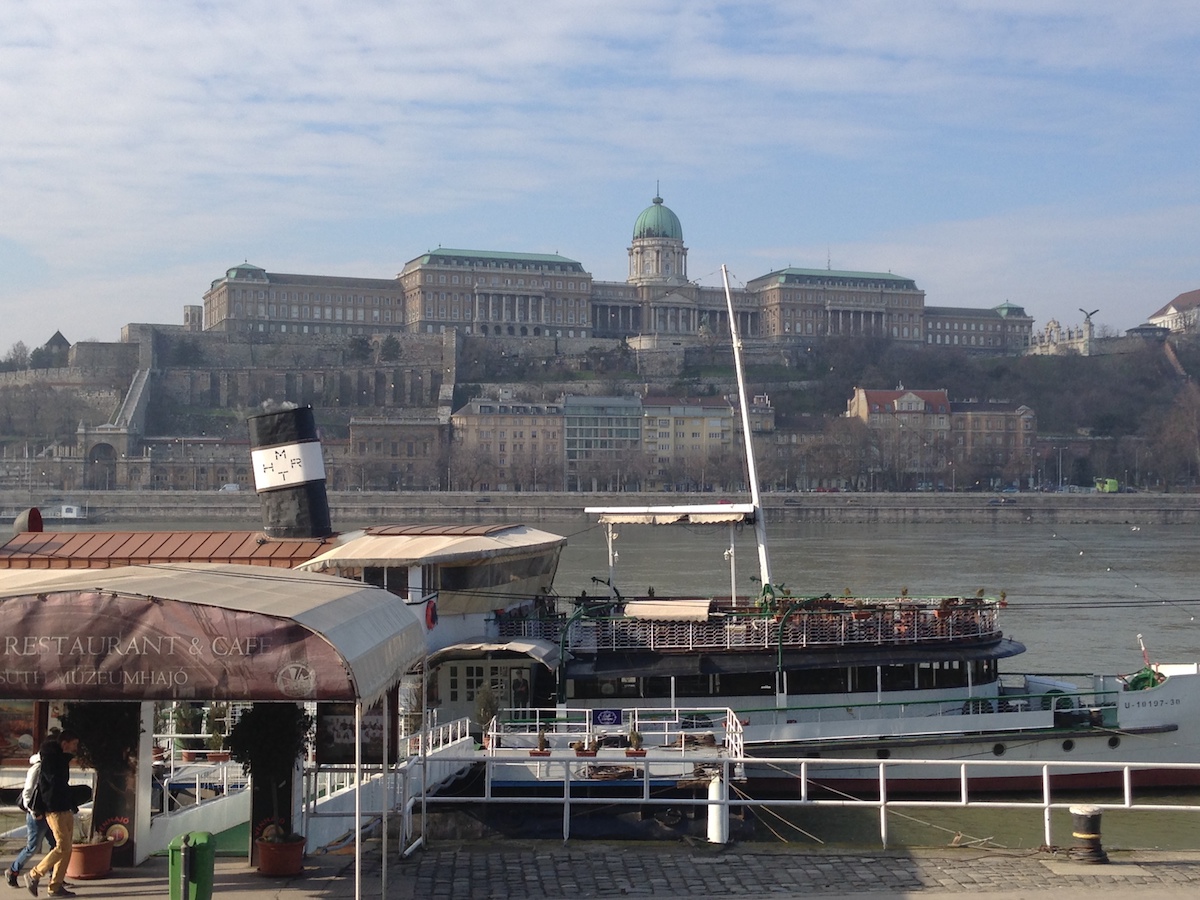
The building where Márai lived in Krisztinaváros (which now has a commemorative plaque) was a model for the house in Kosztolányi’s 1926 novel Anna Édes:
He turned at the gate of the adjacent house, where I was living. He wasn’t coming to my place – writers don’t like to visit each other. Only the gentle reader or the dilettante thinks that writers enjoy spending time in each other’s company. No one is as jealous of, as fiercely curious about a colleague’s life, character and attitudes as are writers about the secrets of another writer’s inner life; but they don’t like to visit each other because they know the other writer is just as curious about them…
Márai completed his memoir in the 1970s while in exile. It is a masterpiece of observation — and self-observation. As he pondered his country torn by war, he felt the first gusts of the totalitarian blizzard in Hungary. He thought about the task of his profession: observing his own humanity and uncovering the layers of what it meant for him to be a writer. Before he left Budapest, Márai also translated the work of Kafka, and was a member of the Hungarian Academy of Sciences.
After he went abroad, Márai continued to write in his native language but declined to be published in Hungary, largely disappeareing from the reading public’s view. In a note written shortly before his death he said: “it will always be a great honour for me if my books are made available to Hungarian readers, but I shall agree to a new edition only when the occupying Soviet military forces (in their entirety and with all their weapons) leave the country, and, following this, a multi-party system is restored with the force of law, and democratic, free elections are held.”
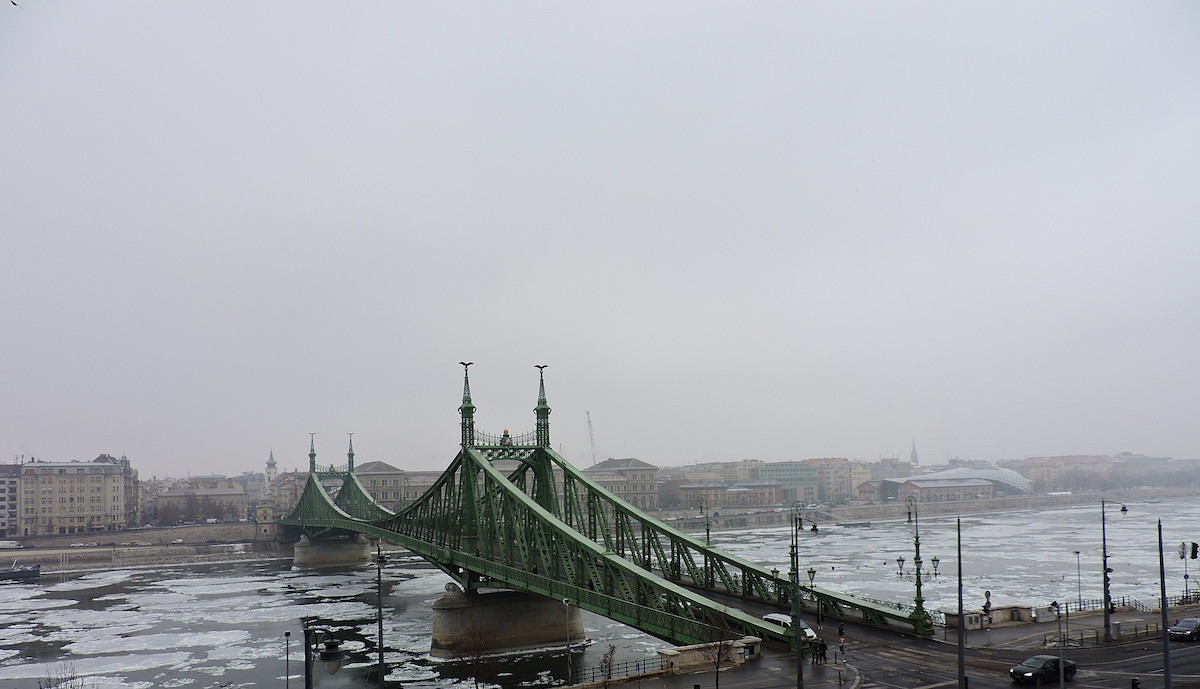
Having lost his wife and suffering from cancer and depression, Márai shot himself in in February 1989, just months before the Berlin Wall came down. In the 1990s, his work was re-discovered in Hungary and translated into over 15 languages. So often his novels are first-person confessions to a listener who is not always named, giving the reader the role of eavesdropper.
So much of the Krisztinaváros that Márai saw is no longer there. The Karatsóny family palace built in in Neo-Baroque style in the 1850s on the plot opposite the Vérmező corner was one of the largest houses in Buda. It included a theatre of 300 seats, where Franz Liszt once performed. In the 1930s, the building ended up in the hands of creditors and was demolished, replaced by a Socialist office building. Today it houses the headquarters of Magyar Telecom. The famous Philadelphia coffeehouse building on Alagút Street, frequented by writers and actors, was knocked down in the late 1930s.
Whenever Márai thought of a city, he did not visualise it but heard a musical beat
But the greatest destruction came during the siege in the winter of 1944-45 when about 80 percent of Budapest’s buildings were destroyed or damaged. Judit, a heroine in Márai’s Portraits of a Marriage looked around at the neighbourhood when it was all over:
The door was still there, but instead of the stairs, a pile of rubble rose toward the next level. Later I heard that this old Buda house had been hit by over thirty bombs, shells, and grenades. I knew some people who lived there – a seamstress who occasionally worked for me, a vet who looked after my dog, and, on the first floor, a retired high-court judge with his wife, with whom we sometimes had tea in Auguszt, the old Buda patisserie. Krisztinaváros, unlike the other Budapest districts, was always more like a small provincial Austrian town than a suburb. People spent years there in cosy security or moved there in search of cosy security.

Interestingly, whenever Márai thought of a city, he did not visualise it but heard a musical beat. There was only one exception to his mode of recollection: “Budapest is the only city whose memory does not conjure up a melody in my consciousness. It evokes lines of verse instead. For instance, sometimes it is automatically coupled with the wailing, despairing line from Babits: “What concern of mine are the sins of the world?”
This line is from “The Book of Jonah”, Babits’ late poem about existential responsibility and the importance of one’s voice. A poet, critic and a scholar, Babits translated Dante’s Divine Comedy into Hungarian. He died in 1941 from cancer of the throat. Shortly before his death, contemplating the upcoming surgery, he wrote a poem — a prayer to St. Blaise, a physician from historic Armenia who was believed to intervene in cases of throat illnesses.
Márai lamented in his memoir that nothing from the “warm breath of youthful years, manhood, intrigue and love, ambition, disillusionment and contentment” that had “infused the dense leaves” in this part of town remained. But I disagree.
I think a lot does remain. A certain turn-of-the-the century allure, the catastrophes of several wars and the inner world of the people who lived in Krisztinaváros are there for us to contemplate: in the works of Babits, Kosztolányi and Márai.
If you are interested in reading the works of some of these authors, many of their works are available in English, including Embers and Portraits of a Marriage by Sándor Márai and Kornél Esti and Skylark by Dezső Kosztolányi. Some of their poems can be found in Light Within a Shade: Eight Hundred Years of Hungarian Poetry.
